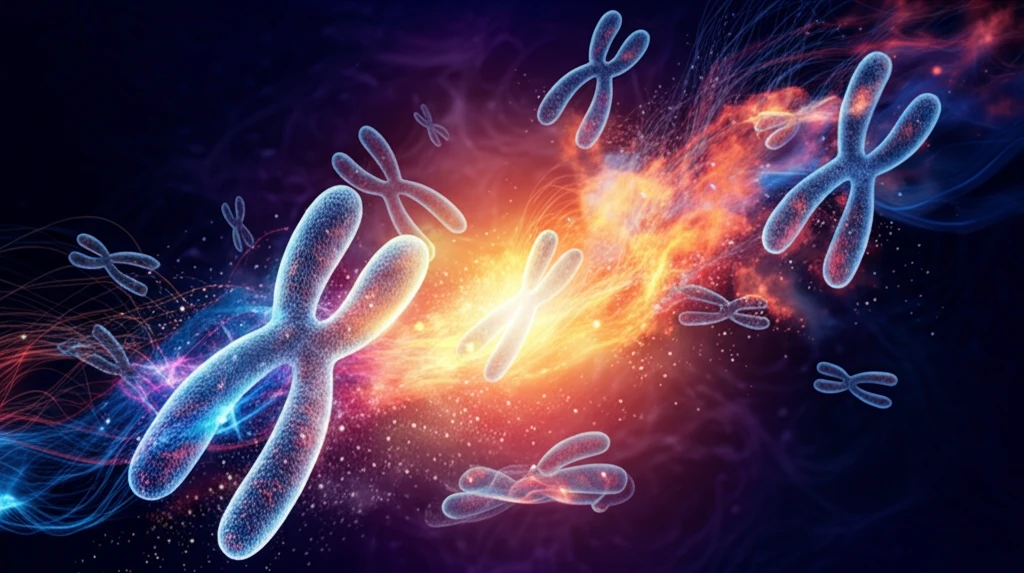
Near-Haploid Acute Lymphoblastic Leukemia: Understanding the Rare Condition
"A comprehensive overview of near-haploid ALL, its characteristics, and current research, designed for accessible understanding."
Leukemia, a cancer of the blood-forming tissues, presents itself in various forms, each with unique characteristics and treatment strategies. Among these, near-haploid acute lymphoblastic leukemia (ALL) stands out as a rare and intriguing subtype. In typical human cells, there are 46 chromosomes arranged in 23 pairs. Near-haploid ALL is characterized by having fewer than 30 chromosomes in the leukemia cells, a state known as near-haploidy.
This condition is more than just a numerical abnormality; it presents specific diagnostic and therapeutic challenges. Understanding near-haploid ALL is vital for healthcare professionals, patients, and their families. This article aims to provide a comprehensive overview of near-haploid ALL, covering its definition, epidemiology, diagnosis, prognosis, and current research.
We will explore the genetic features, clinical presentation, and treatment strategies associated with this rare form of leukemia. We aim to break down complex scientific information into an accessible format, ensuring that everyone can grasp the fundamentals of near-haploid ALL and its implications.
What Defines Near-Haploid Acute Lymphoblastic Leukemia?

Near-haploidy in ALL refers to a condition where the leukemic cells contain fewer than 30 chromosomes. The normal number of chromosomes in a human cell is 46. Typically, in near-haploid ALL, the abnormal clone of cells has between 23 and 28 chromosomes. This significant reduction in chromosome number sets it apart from other forms of ALL.
- Commonly Retained Chromosomes: Chromosomes 6, 8, 10, 14, 18, 21, and the sex chromosomes are often retained in near-haploid ALL cells.
- Diagnostic Challenges: Detecting near-haploidy can sometimes be challenging because there can be a co-existing normal diploid clone or a hyperdiploid clone (cells with more than the normal number of chromosomes). Hyperdiploidy can mask the presence of near-haploidy.
- Distinguishing Near-Haploidy: It is vital to differentiate near-haploid ALL from typical hyperdiploid ALL (>50 chromosomes) because they have different prognoses and treatment approaches.
The Future of Near-Haploid ALL Research
Ongoing research is essential to refine our understanding of near-haploid ALL. Studies focusing on the molecular mechanisms driving this condition and clinical trials exploring novel therapeutic strategies will be instrumental in improving outcomes for patients with near-haploid ALL. Collaboration among researchers, clinicians, and patients is vital to drive progress in this field and offer hope for more effective treatments in the future.
